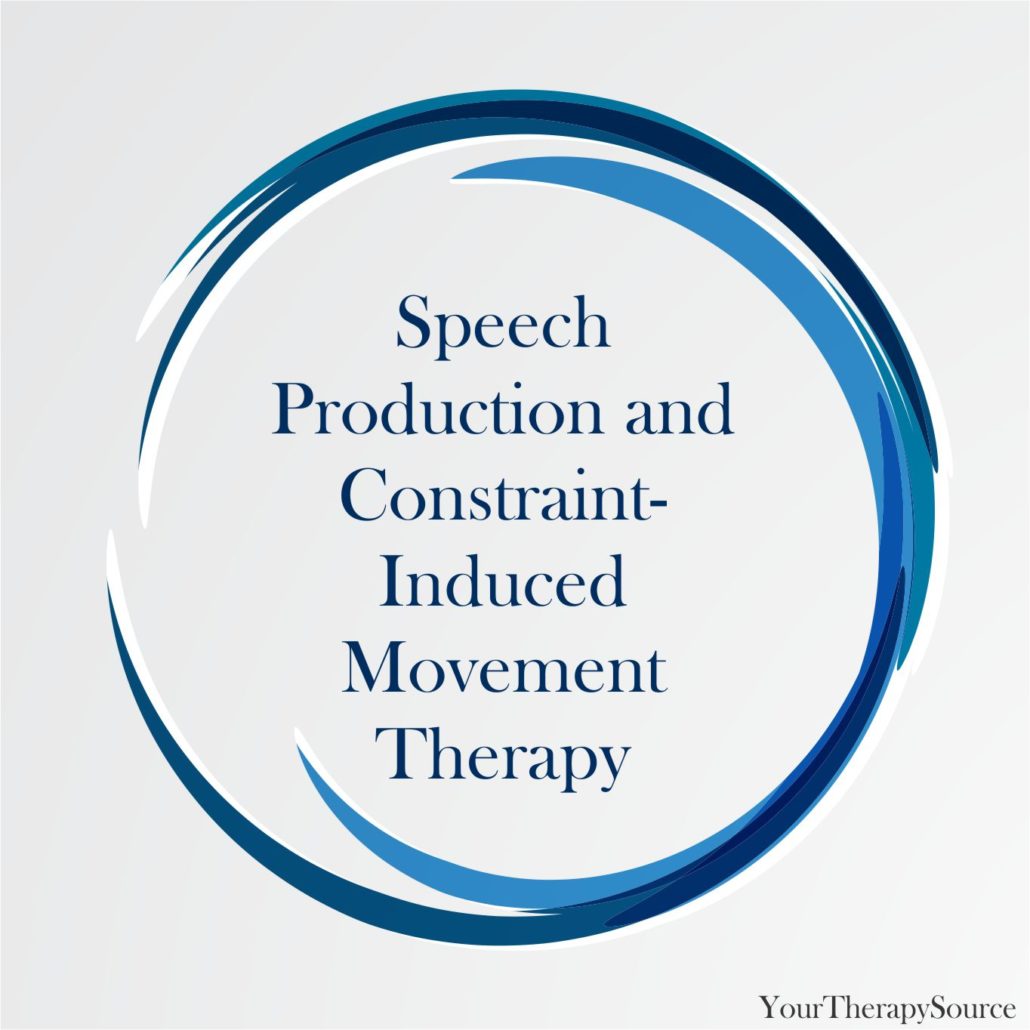Speech Production and Constraint-Induced Movement Therapy
Recent research examined changes in speech skills of children who have hemiparesis and speech impairment after participation in a constraint-induced movement therapy (CIMT) program. The participants in the study included 18 children with hemiparesis and co-occurring speech impairment who participated in a 21-day clinical CIMT program. The Goldman-Fristoe Test of Articulation-2 (GFTA-2) was used to evaluate children’s articulation of speech sounds before and after the intervention using changes in percent of consonants correct to measure speech production. The results indicated the following:
- children with hemiparesis and speech impairment made significant gains in the percent of consonants correct following CIMT.
- gains were similar in children with left and right-sided hemiparesis, and across age groups.
The researchers concluded that due to the significant collateral gains in speech production following CIMT, the benefits of CIMT may also spread to speech motor domains.
Reference: Allison, K. M., Reidy, T. G., Boyle, M., Naber, E., Carney, J., & Pidcock, F. S. (2017). Speech production gains following constraint-induced movement therapy in children with hemiparesis. Journal of Pediatric Rehabilitation Medicine, 10(1), 3-9.
Therapeutic Play Activities for Children: digital download includes 100 play activity pages and 12 tip sheets. The play activities encourage the development of fine motor skills, bimanual skills, rolling, crawling, tall kneeling, standing balance and cruising with a strong focus on children with cerebral palsy. Find out more information.




